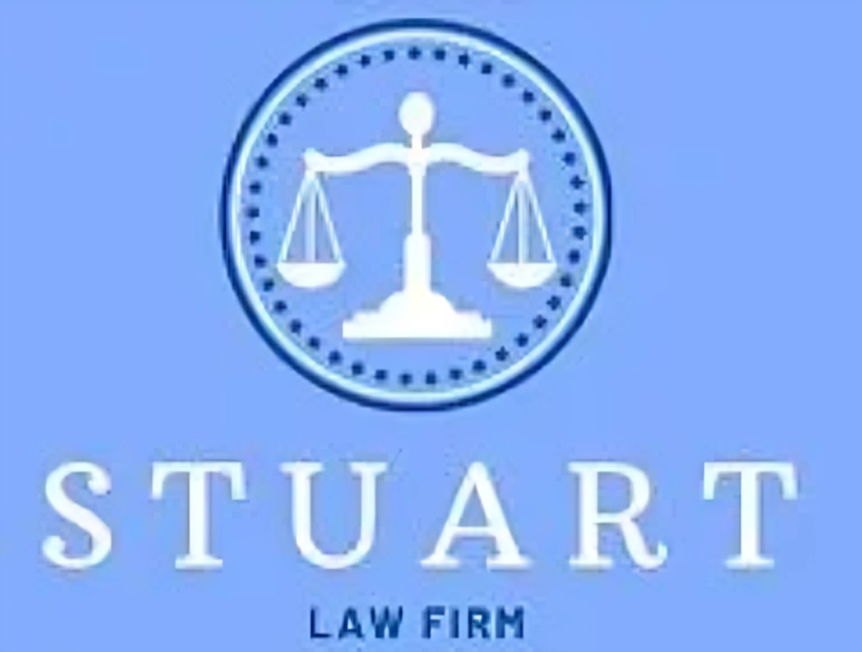Understanding Bankruptcy Terms: A Simplified Guide
Sharon Stuart
Navigating bankruptcy can feel overwhelming, not only because of the emotional toll but also due to the complex terminology involved. This guide is here to help demystify commonly used bankruptcy terms, empowering you with the knowledge to approach your situation confidently and informed.
Secured Debt
Secured debt is when a loan is backed by collateral, like a mortgage or a car loan. In simple terms, if you default on this type of debt, the creditor can seize the property, such as your home or vehicle. For instance, if someone falls behind on their car payments, the lender might repossess the car to cover the debt.
Proof of Claim
This is a document that creditors file in bankruptcy proceedings to officially list the debts owed to them. It’s crucial to review these claims carefully and file an objection if necessary, as it ensures that only legitimate debts are considered during your bankruptcy process.
Automatic Stay
An automatic stay provides a temporary halt on most debt collection activities once bankruptcy is filed. Think of it as a pause button, offering relief from creditor harassment while you sort out your financial situation, giving you time to catch your breath and plan.
Discharge of Debtor
A discharge is a court-issued decree that releases the debtor from personal liability for certain specified debts. It essentially means that you are no longer required to pay these discharged debts, offering you a clean slate in your financial journey.
Exemption
Exemptions allow you to keep certain assets, such as a primary home or retirement accounts, under specific conditions. For example, you might retain ownership of your home if its value falls within the state’s exemption limits, safeguarding crucial assets for your future.
Surrender
Surrender involves giving up property to satisfy a secured debt obligation. If someone can't afford their car loan, they might choose to surrender their vehicle to the lender, who then sells it to recoup the loan balance.
Unsecured Debt
Unlike secured debt, unsecured debt is not backed by any property. Typical examples include medical bills or credit card debt. These debts are often prioritized differently in bankruptcy because there is no collateral tied to them.
Bankruptcy Estate
The bankruptcy estate includes nearly all of the debtor’s assets and is overseen by a trustee. This might include any property given away as gifts just before filing or items loaned to someone else, highlighting the comprehensive handling of assets during proceedings.
Buy-back
With a buy-back, you can retain non-exempt property by purchasing it back through a reaffirmation agreement. This option can be viable if you have non-essential assets you wish to keep, offering you a chance to maintain certain possessions by renegotiating terms.
While bankruptcy involves many terms, understanding the primary ones can provide much-needed clarity. Remember, you don’t have to become an expert in bankruptcy law to make informed decisions. To better navigate your situation, consider seeking personalized advice from a bankruptcy attorney or financial advisor. If you're considering bankruptcy or need further clarification on any terms, don't hesitate to consult with a legal professional for advice tailored to your situation. For more insights, explore our other resources on bankruptcy and debt management.

